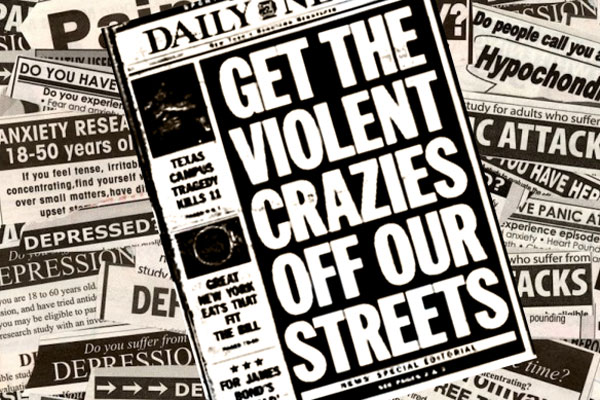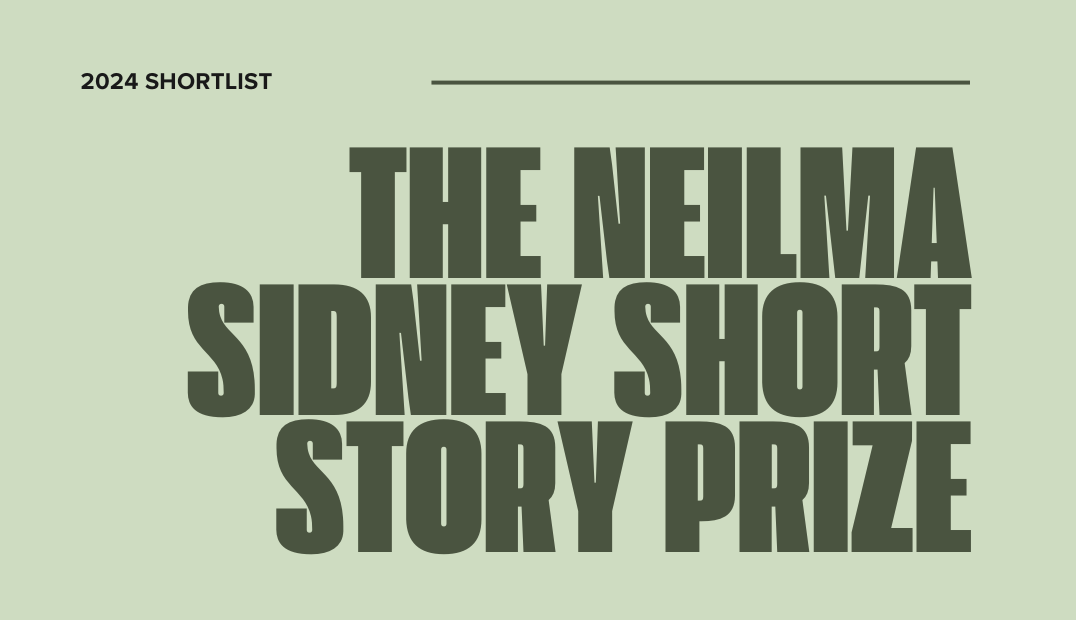Language is constantly changing. Text speak now slips easily into our vocabularies and slang increasingly prevalent. The way we talk evolves to encompass new trends and behaviours within culture and society. If nothing else, the subtle changes in language prove how adaptive we humans are in our communication. Yet when it comes to other areas of language, our discourse remains painfully outdated.
The way we talk about mental illness needs to change, both in conversationally and within the media.
The way mental illness is talked about comes with preconceptions which reflect historically accepted attitudes. Words can be so throwaway and yet powerful at the same time. Remember how powerful the words ‘weird’, ‘gay’, or ‘slut’ were in high school? The negative connotations implied by those words cut and defined. The more they were attached to someone, the more perceptions were altered. Ultimately, such words contribute to how we view ourselves and our understanding of the people around us.
The stigma of mental illness is all around us, like white noise. It’s only when we examine the language of that stigma can we fully grasp the harmful impact it has.
In 1999, New York publication The Daily News printed a front-page editorial about an incident where a woman was struck over the head with a brick, accompanied by the headline ‘Get the Violent Crazies Off Our Streets’. The same publication also explained that the city needed to ‘hospitalise the deranged’.
In 2002, New Jersey’s The Trentonian printed the headline ‘Roasted Nuts’ attached to a story about a fire that had broken out at the state psychiatric hospital.
Closer to home, in 2014, Brisbane’s The Courier Mail chose the headline ‘Psycho Gigolo’ to accompany a story about a local murder-suicide.
Murdoch-owned tabloids covered Andreas Lubitz’s deliberate crashing of a Germanwings plane with the same sensitivity. The Daily Mirror front page blasted ‘Killer Pilot Suffered from Depression’ while The Sun opted for ‘Madman in the Cockpit’.
In March this year, The Herald Sun printed ‘Children’s Easter egg hunt descends into chaos as crazed parents storm the field’.
While these examples (with the possible exception of The Herald Sun) were met with complaint and concern from mental health support agencies, they offer insight into the type of framing and language which is considered acceptable within newsrooms.
In 2012, Australian academics Jane Pirkis and Catherine Francis released a report, Mental Illness in the News and Information Media: A Critical Review as part of the Mindframe national media initiative.
Their research, which examines the way news media present stories about mental illness, illustrates the power of this to inform and shape attitudes, because news headlines aren’t just tomorrow’s fish and chips paper; the effects of such framing are cumulative and tangible:
[N]ews and information media is an important source of information about mental health and illness, both for the general population and for people with mental illness. People rank it highly as an influential information source, and it is usually only ‘trumped’ by more direct sources such as mental health professionals. Its influence is sometimes tempered by direct or indirect personal experience with mental illness.
Among the shortcomings within news media, highlighted in the report, were unclear representations of undifferentiated disorders, and an overall negative presentation that reflected stigmatising attitudes.
The review also found that the news negatively influenced the way people think about those with mental illness, with framing often being ‘conflated with violence, crime, unpredictability and dangerousness (including harm to self or others), and/or representation of people with mental illness as passive victims deserving of pity.’
It is uncomfortable that in 2016 there is such easily accessible quality research available online which highlights the complex and intermittent nature of mental illness, yet the vernacular within the media remains regressive and stereotyped.
Furthermore, not only is the reporting often negative, it can also be misrepresentative. Anorexia, for instance, is commonly portrayed as exclusively affecting white middle class teenage girls, while those people with schizophrenia or bipolar disorder are typically characterised as either creative ‘eccentric’ types, or dangerous and threatening. In contrast, the American Psychiatric Association Public Psychiatry Fellows in 2011 found that although people with mental illness are often publicly perceived as violent, the reality is that they are more likely to be victims of violence than perpetrators.
When you Google the word ‘crazy’, you will be met with slew of suggestions. Google dictionary offers this definition: ‘1. a mad person. “keep that crazy away from me”’, further evidence that discrimination and fear are seen as an acceptable responses to mental illness.
This negative language can be heard in conversation, too. It’s easy to use words like ‘crazy’ or ‘mad’ to negatively describe behaviours or people. You generally won’t be challenged if you do so, as it’s deemed acceptable in social situations, because it’s just a word until it’s applied to you. Yet for many people, to use these words to describe symptoms and behaviours outside of their control is a way of diminishing their humanity.
So what could change this? Positive changes have already occurred within some aspects of reportage, particularly in the way depression is presented within some media outlets. Pirkis and Francis also found that mass media campaigns and web-based mental health literacy had positive effects, particularly if they included personalised stories and accounts. There have also been positive examples of media commentators challenging their industry to be better, and opening up and sharing their own stories of mental illness.
Earlier this year, New Zealand-based journalist Jessica McAllen wrote about her experience with severe depression as the final part of her investigative series into mental health care for Radio New Zealand’s The Wireless. Not only did this series generate discussion about policy, but social media was populated with readers sharing their experiences, too. Pete Etchells of the Guardian wrote about his experience with depression for an op ed ‘Mental health stigma hasn’t gone away’, a piece which also resonated with readers who shared their own experiences.
It’s exactly this type of reflective, brave reporting that contributes to accurately portraying mental illness as something experienced by many different people; journalists whose work we admire, for example. The news media and the journalists who work within different newsrooms have a responsibility when reporting on mental illness and mental health to facilitate a conversation that is inclusive and accurate, and not burdened with inaccuracies and negative rhetoric. By highlighting the voices of those who have experienced mental illness as authorities on their personal experience, media framing can improve and evolve to portray mental illness as something that impacts people in different and complex ways, but is not their sole defining characteristic.
–






